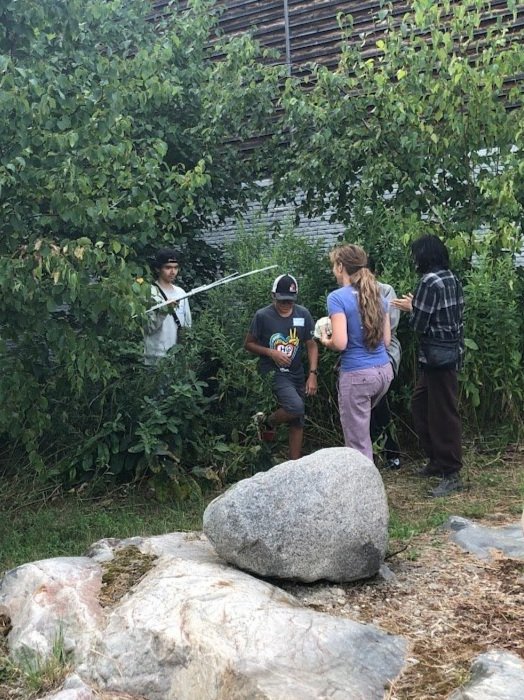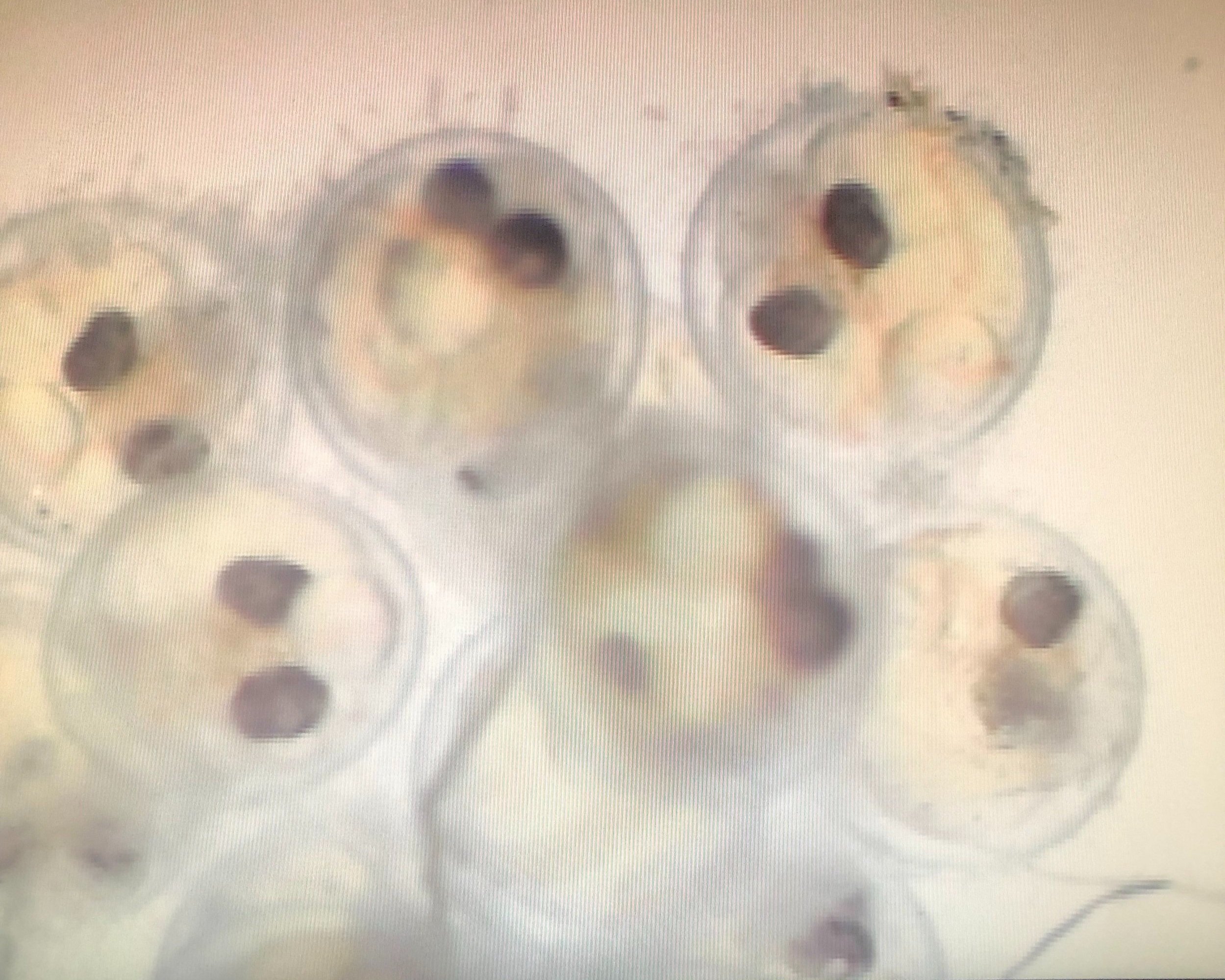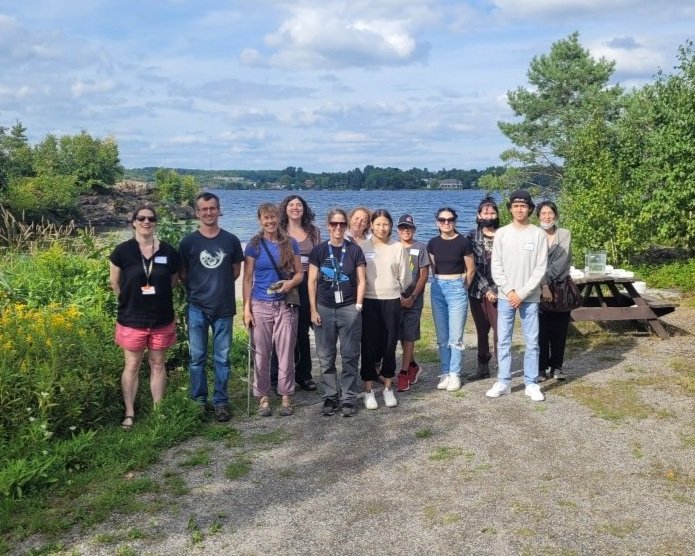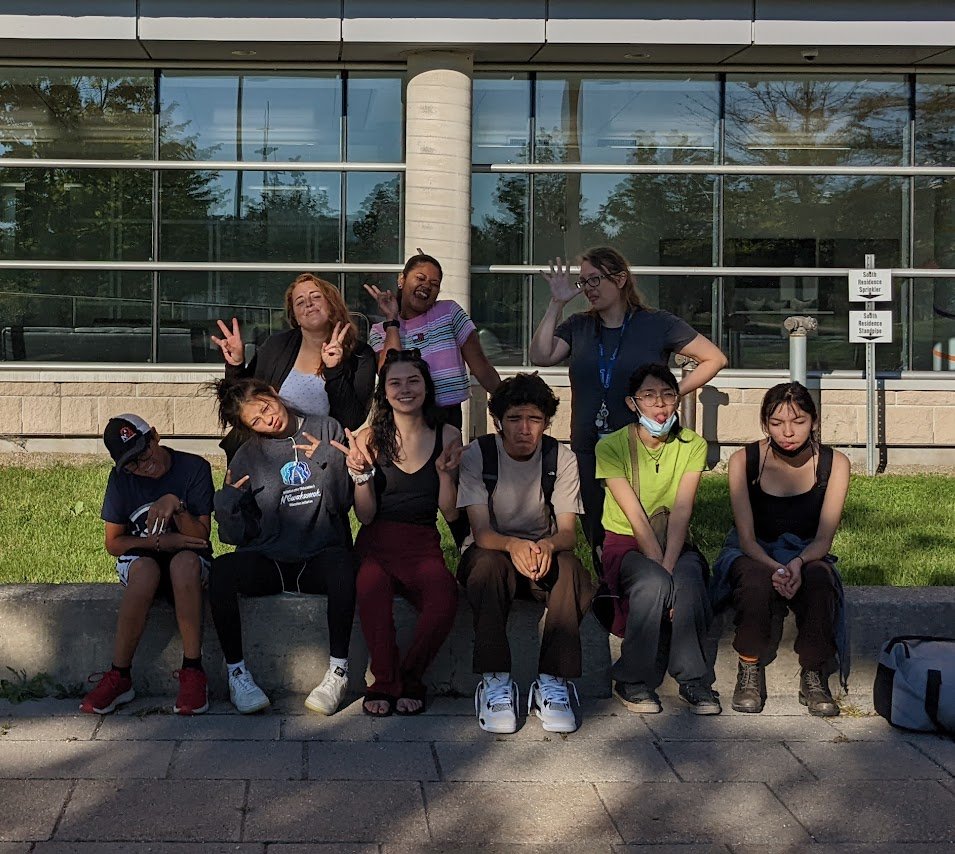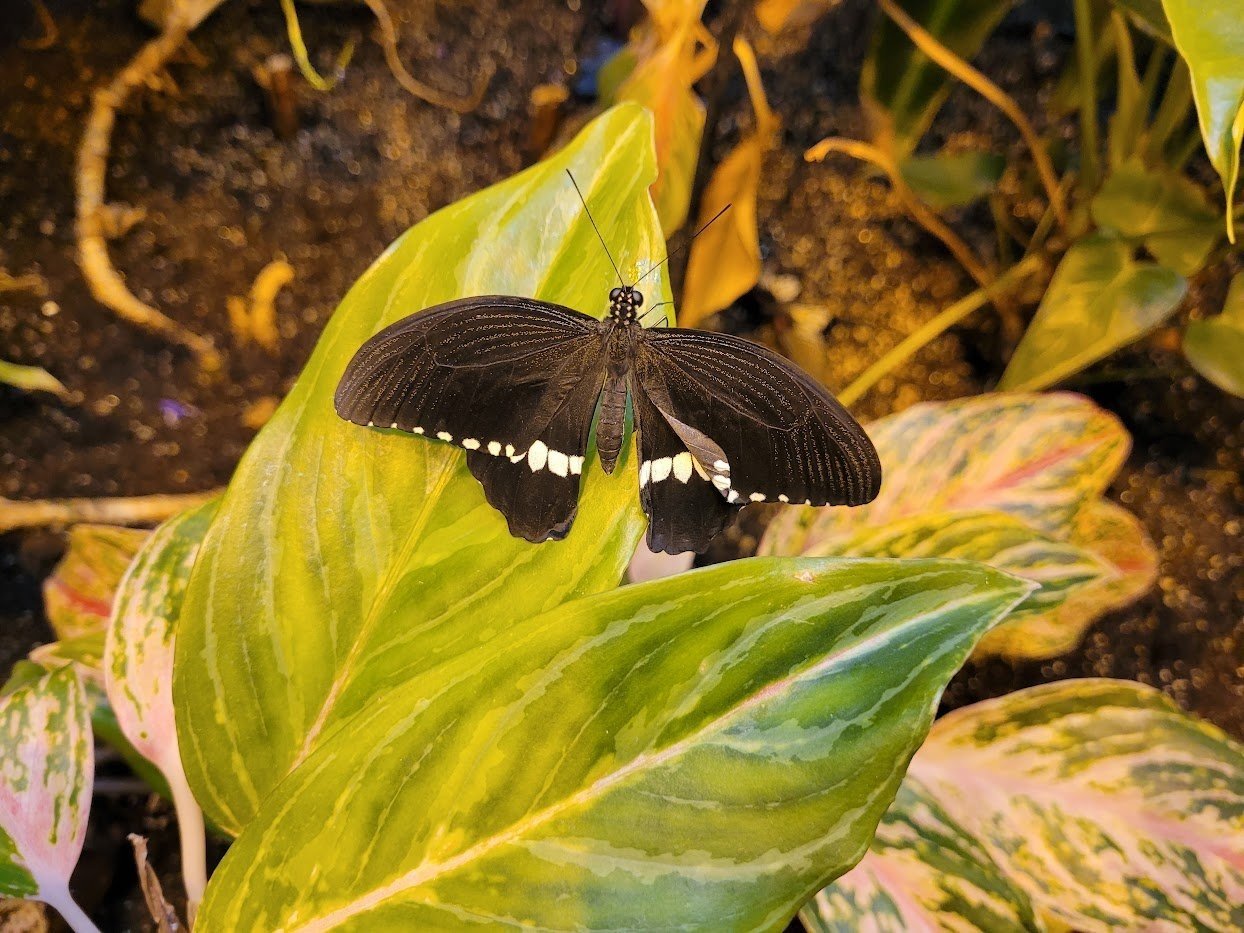YOUTH UNIVERSITY TRIP WITH TEAM NAMEW
Instead of going out on the river, Team Namew along with 6 Moose Cree youth travelled south to visit 2 universities as part of a youth science learning trip. Our youth programming wants to provide diverse learning opportunities: both on the land and in an educational environment.
On this trip, youth and chaperones from Wildlife Conservation Society Canada and the Kapuskasing Indian Friendship Centre travelled by train, van and jeep to visit research laboratories that we work with on the lake sturgeon project, and were exposed to university and college campuses, learned from presentations from students and professors, and stayed in university residences.
Youth participated in science learning activities applicable to real life wildlife and conservation careers including: tracking animals with radio telemetry, sampling and identifying water bugs and critters in lakes and rivers, using microscopes, and sampling mucus from small fish in a laboratory. Youth also learned from many researchers about different areas of science including peatland (muskeg), science communication, microbiology, fish, contaminants, and more.
Youth got to tour both universities, see labs and classrooms, as well as connect with Indigenous student programs at both universities. Youth learned more about what resources are available for any Indigenous students hoping to apply to and attend undergraduate programs as well as became more familiar with a university environment should they pursue post-secondary study. The youth were also able to participate in cultural activities (e.g., smudging, eating traditional foods, braiding sweetgrass) with the Indigenous student programs at the universities.
The team also enjoyed fun, recreational activities in downtime including bowling, shopping, movies, food, and making new friends! Overall, this trip was a great success and everyone was sad to say goodbye after almost a week together of learning, laughing and driving.


